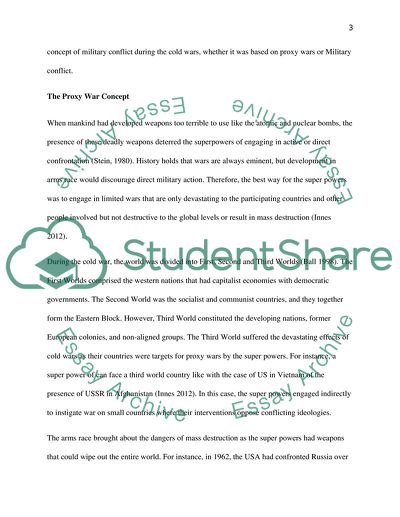Cite this document
(“What was the defining concept of military conflict during the Cold Essay”, n.d.)
What was the defining concept of military conflict during the Cold Essay. Retrieved from https://studentshare.org/social-science/1680424-what-was-the-defining-concept-of-military-conflict-during-the-cold-war-nuclear-weapons-or-proxy-wars
What was the defining concept of military conflict during the Cold Essay. Retrieved from https://studentshare.org/social-science/1680424-what-was-the-defining-concept-of-military-conflict-during-the-cold-war-nuclear-weapons-or-proxy-wars
(What Was the Defining Concept of Military Conflict During the Cold Essay)
What Was the Defining Concept of Military Conflict During the Cold Essay. https://studentshare.org/social-science/1680424-what-was-the-defining-concept-of-military-conflict-during-the-cold-war-nuclear-weapons-or-proxy-wars.
What Was the Defining Concept of Military Conflict During the Cold Essay. https://studentshare.org/social-science/1680424-what-was-the-defining-concept-of-military-conflict-during-the-cold-war-nuclear-weapons-or-proxy-wars.
“What Was the Defining Concept of Military Conflict During the Cold Essay”, n.d. https://studentshare.org/social-science/1680424-what-was-the-defining-concept-of-military-conflict-during-the-cold-war-nuclear-weapons-or-proxy-wars.


